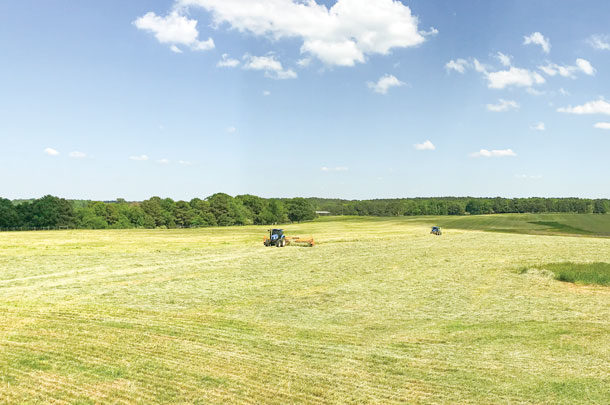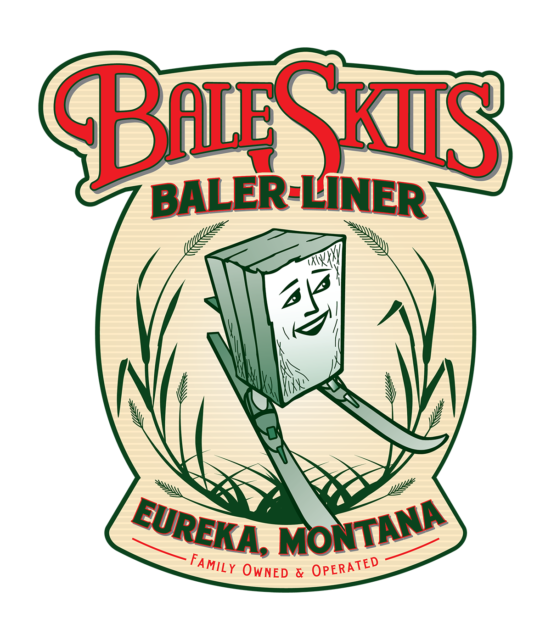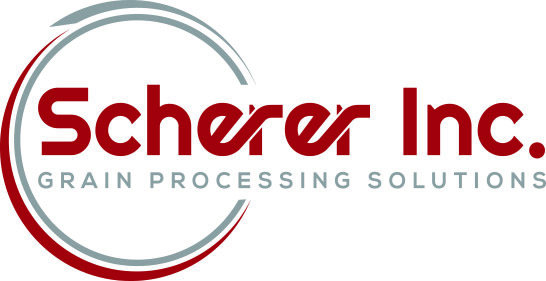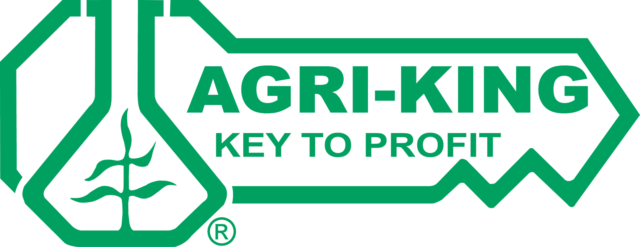The pair’s progressive approach to forage production has not only helped shift the forage culture within Union Parish, but the knowledge they have gained has positioned them to be a resource to neighboring operations.

“The biggest thing, from my perspective, is that they are not just settling for what has always been done in terms of putting up a dry bale of hay,” says Louisiana State University regional livestock specialist Jason Holmes. “They are utilizing some new technologies that have become affordable for cow-calf producers and are showing people in the community that ‘you can do it, you can afford it, and you can make it work.’ They are not just buying equipment; they are managing forages, in general.”
Malcolm grew up farming but says it wasn’t until 2000 they really started to expand the farming operation. “We bought our first four broiler chicken houses in 2000 and then another six in 2005. We sell a little bit of our litter and clean out other houses for people to use on pasture and hay fields,” he says.
Today, M&M Farms’ forage operation consists predominately of improved bermudagrass, as a warm-season grass base, and drilled ryegrass as an interseeded cool-season supplement within pastures and hay meadows.
Planned management
Echols soil tests hay meadows annually and works with Holmes to use the results to formulate a fertilizer protocol utilizing the broiler litter from Echols’ broiler houses and commercial liquid fertilizer.
“We are low on potash in our soils, so last year every time we took a cutting of hay, we came back in with liquid nitrogen and 400 pounds of potash per acre,” Echols says. “We are really trying to build that potash level up.”
He drills about 600 acres of rye every September and typically takes a first cutting in March, followed by another in April with a transition to bermudagrass beginning in May.
The decision to interseed rye into hay meadows and pastures was an integrated management strategy Echols implemented to contend with the volunteer rye that invaded their acres about a decade ago. Also working to keep their bermudagrass clean, Echols uses both glyphosate and pre-emergent herbicides to control weeds on each of the three cuttings.
“We have been growing the rye-bermudagrass rotation for about 10 years,” says Echols. “We had a bunch of volunteer ryegrass coming in, and we started looking at ways to put it up rather than spray it. We tried utilizing the volunteer rye that was already becoming established, but it didn’t have enough leaf to it to make good feed. The next year, we planted and fertilized a commercial variety of rye and, even though it’s taken a little bit of time to find a variety that worked well for us, we are happy we made the decision to plant it.”
Creating marketing and feedout opportunity
With the incorporation of ryegrass, Echols shifted from dry baling to a combination of dry baling and baleage.
“We went to baleage for feeding quality on the rye we put up. We fertilize and cut at the boot stage and put it up anywhere between 40 and 50 percent moisture. Anything below 40 percent moisture will be lower-quality feed,” says Echols.
And quality baleage is something the Echolses have become known for, winning first and second place, as well as being selected as the best overall baleage sample at the Louisiana State Fair this past year.
“We have a lot of people that want to buy our baleage, but we never sell it. We feed everything we put up as baleage,” says Echols.
Forage testing is also a component of Echols’ feedout success. Each year, every cutting taken is tested and Echols and Holmes work together to develop both efficient feeding and marketing plans.
“Our cows like it [baleage] better; we can unroll a bale of dry bermudagrass hay beside a baleage bale, and they will pick the baleage every time,” Echols says.
The operation typically puts up 1,600 to 1700 bales of baleage each year, enough to carry their herd through the mid-November to mid-March feeding season. And the addition of the commercial rye baleage has not only allowed Echols to better manage acres and incorporate a higher-quality feed into his operation, but has also allowed him to market the three cuttings of bermudagrass dry hay he harvests each year while keeping some dry bales as a reserve.
“We put everything we dry bale into the barn and this past year, especially, we haven’t had any trouble selling hay. These past couple of years have been so bad we don’t have much hay left on reserve. We had around 1,000 bales stored, and right now we may have 150 bales left,” he says.
Echols says the weather conditions of 2018 and 2019 have also impacted the quality of his 2019 rye crop and added to an already challenging drying climate.
“We use a crimper on everything we cut and run a tedder, but it can still take three days for hay to get dry enough to bale,” he says. “The weather just made everything more challenging last year and, so far, this year.”
The last dry bales Echols baled for the 2018 hay season were rolled up on Thanksgiving Day in the mud, and he says so far his 2019 rye crop hasn’t fared any better.
“It was a really wet spring,” says Echols. “It was also wet through the fall last year, so this year’s rye wasn’t nearly as good as last year’s because by the time we got into the field to cut it, it had all seeded out.” ![]()
PHOTO 1: After incorporating ryegrass, the Echols shifted from dry baling to a combination of dry baling and baleage.
PHOTO 2: Malcolm and Melissa Echols were awarded Louisiana State Fair’s Overall Grand Champion award in 2018 for hay quality. Photos courtesy of M&M Farms.
Laura Handke is a freelance writer based in Kansas.












